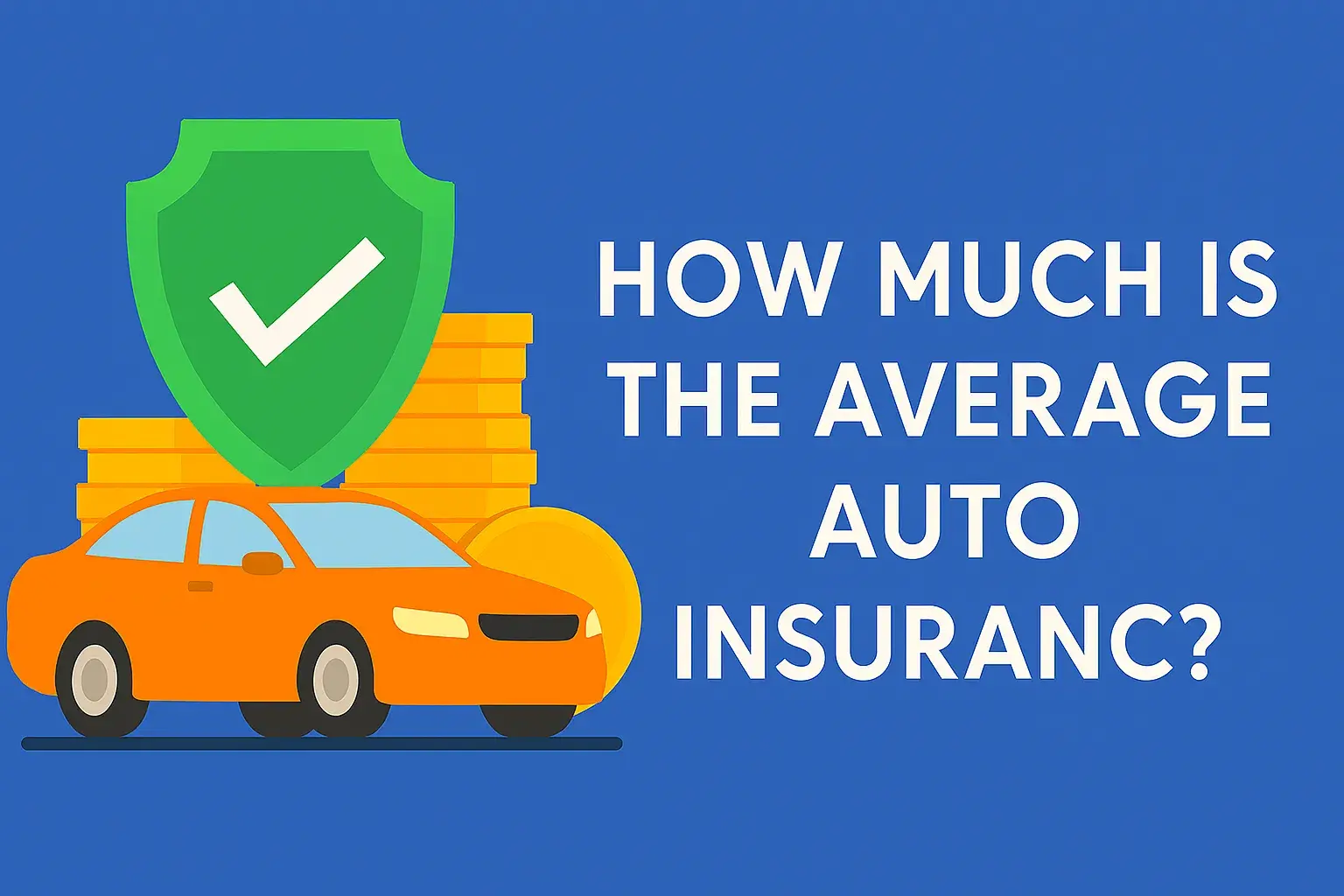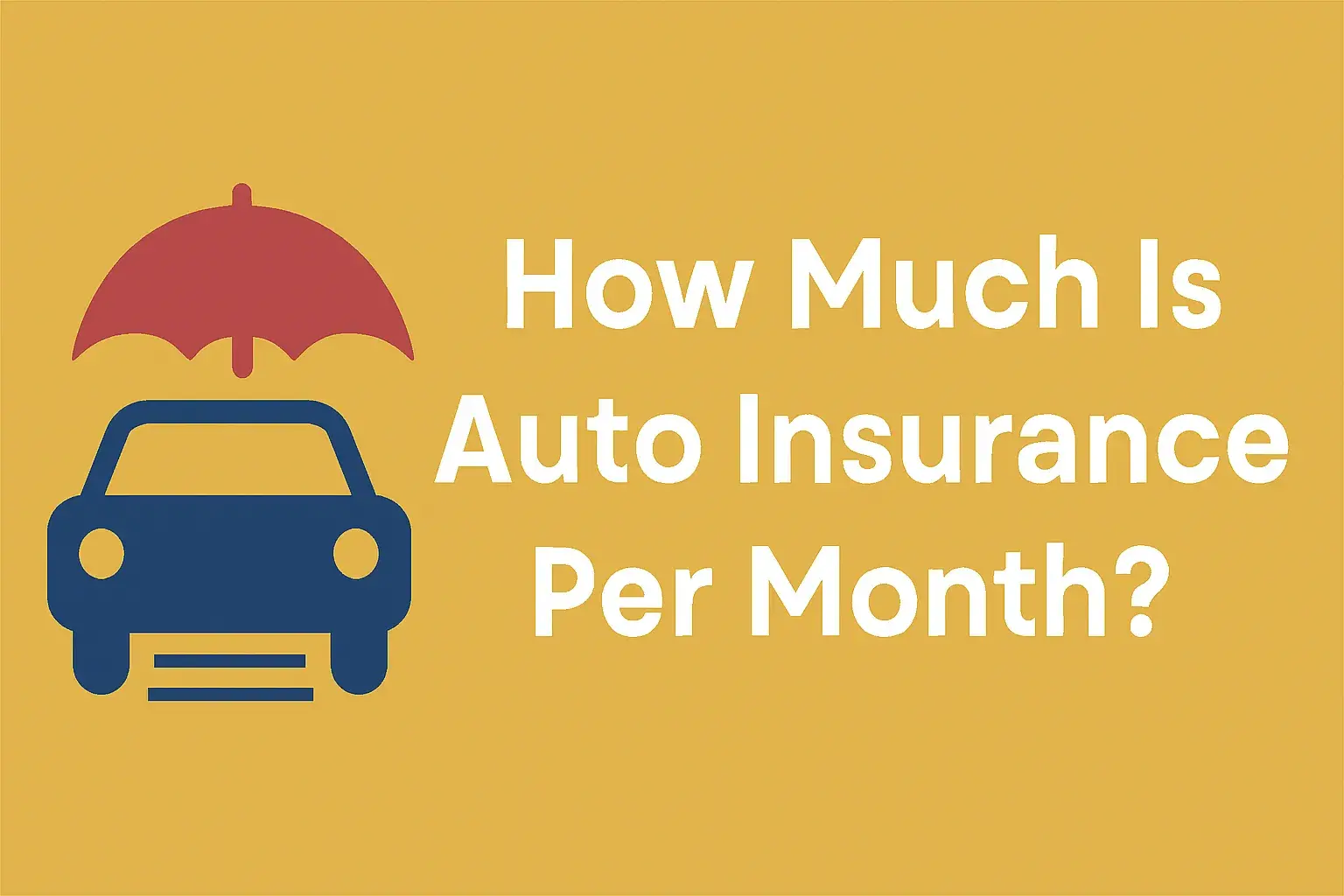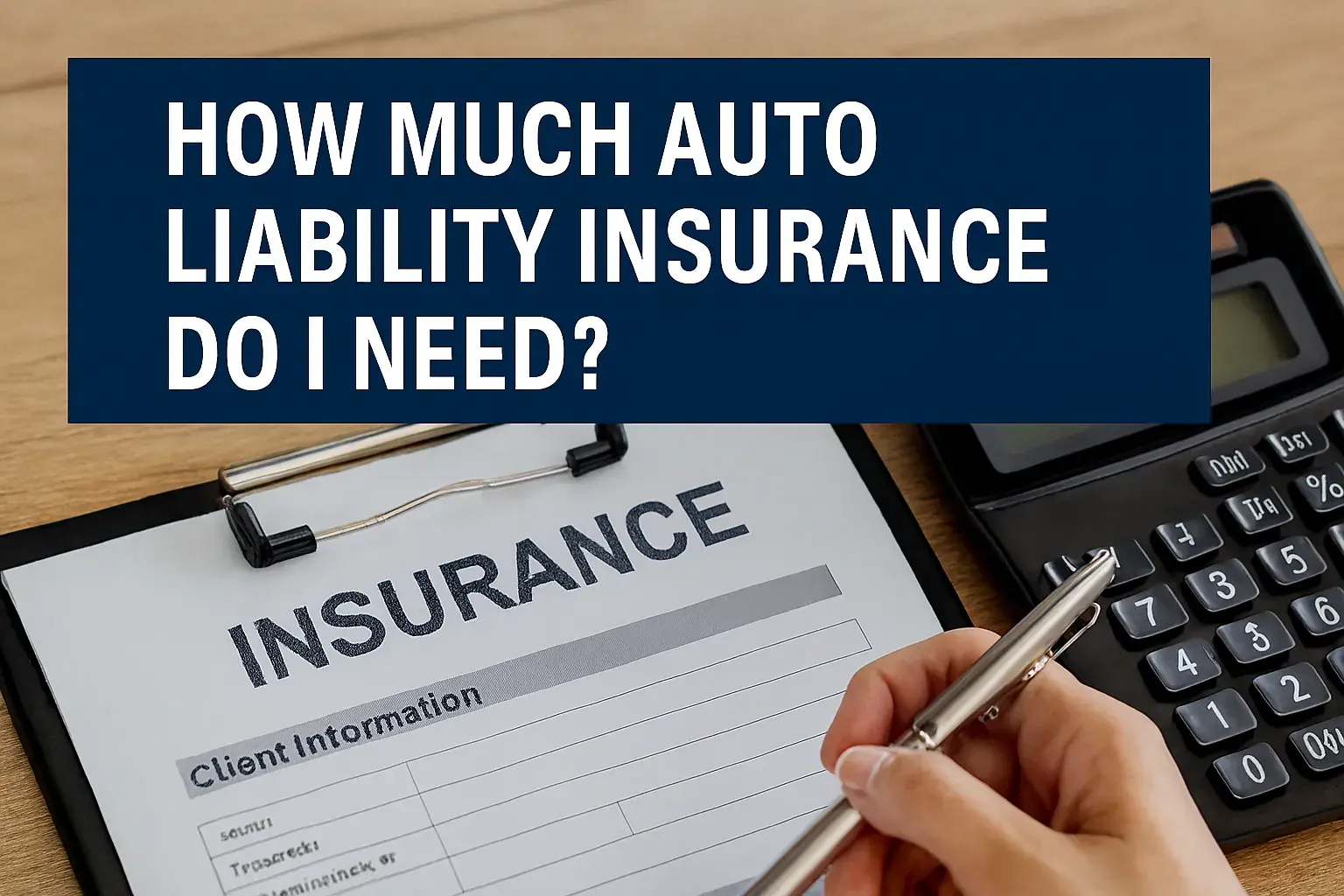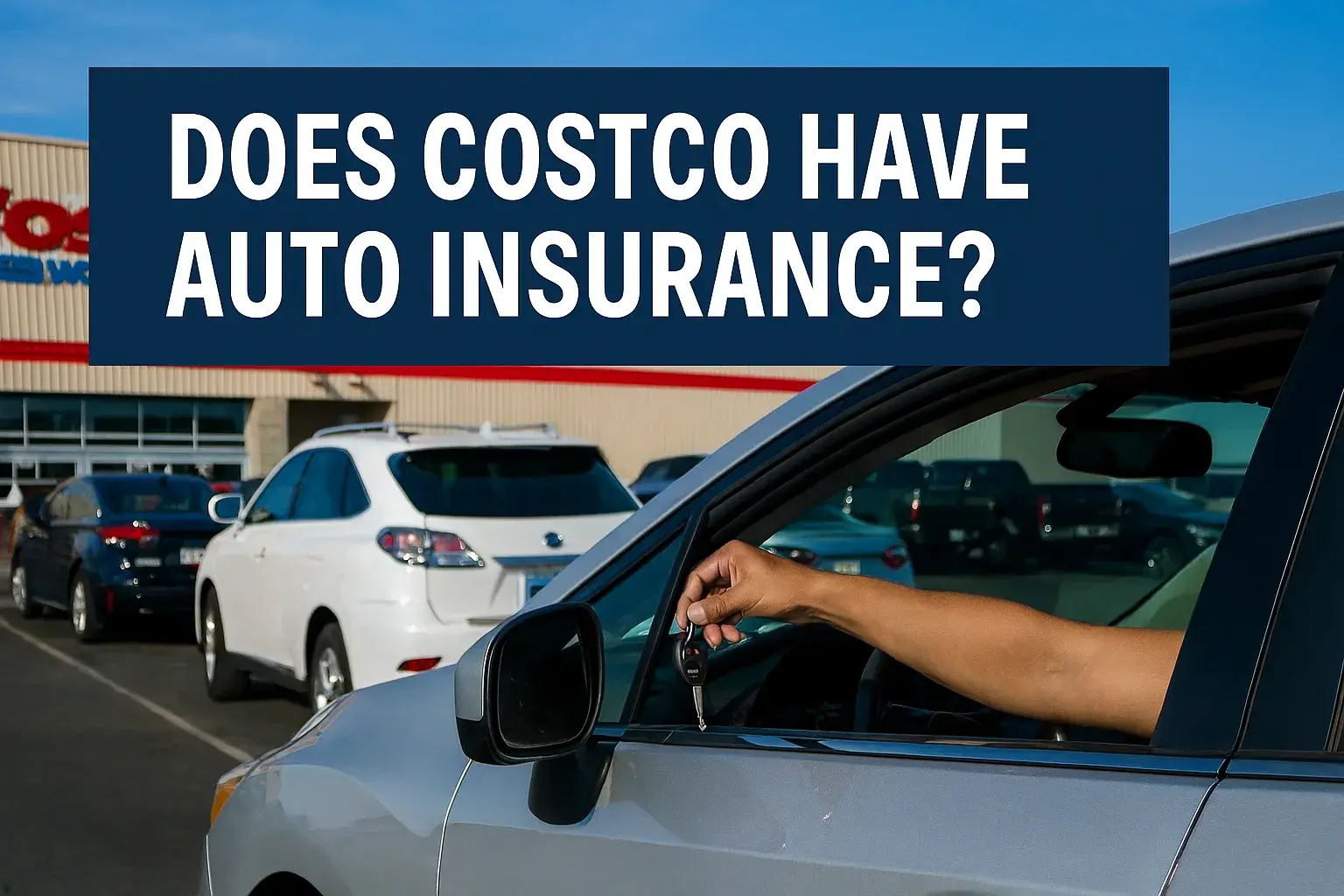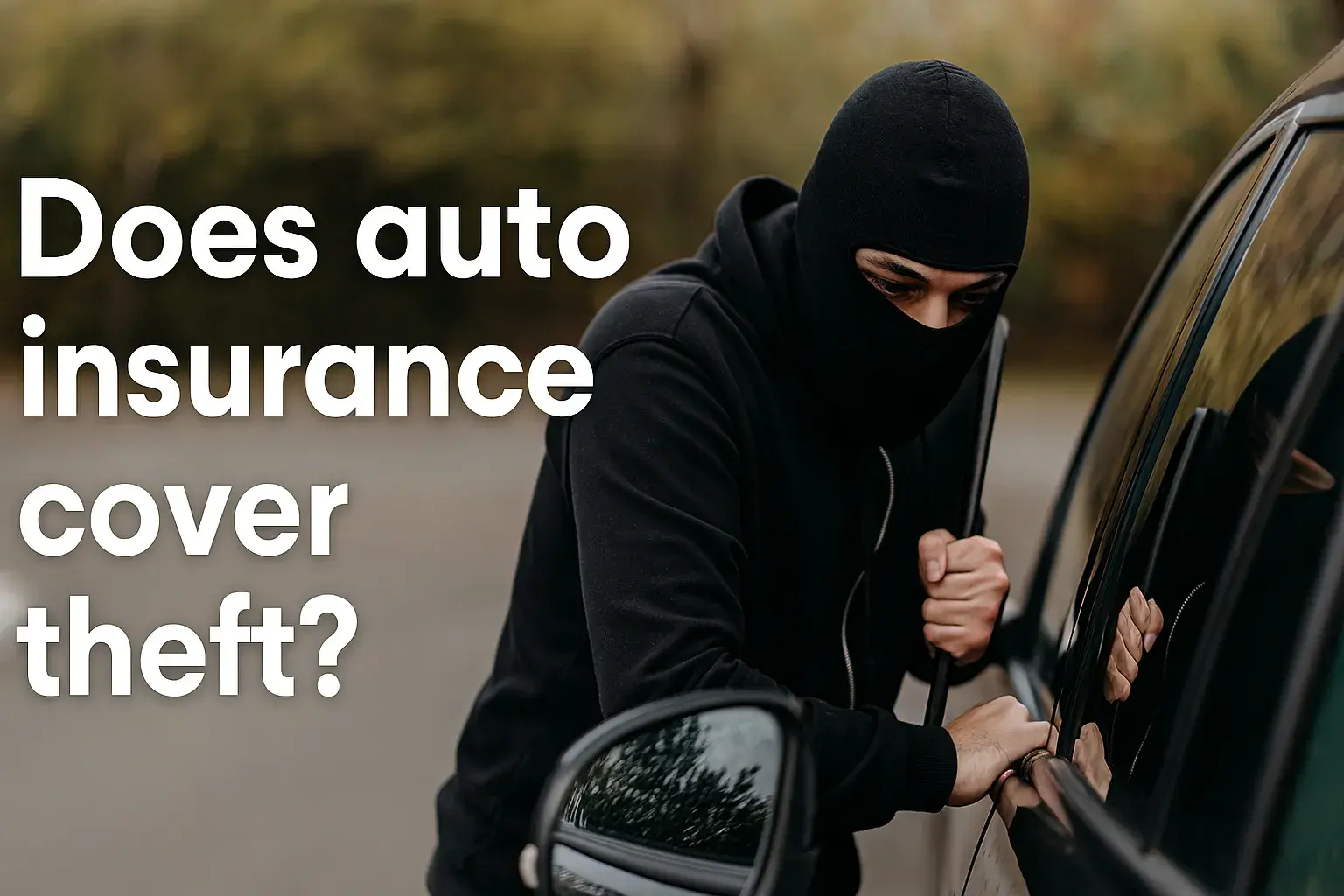26
Jul
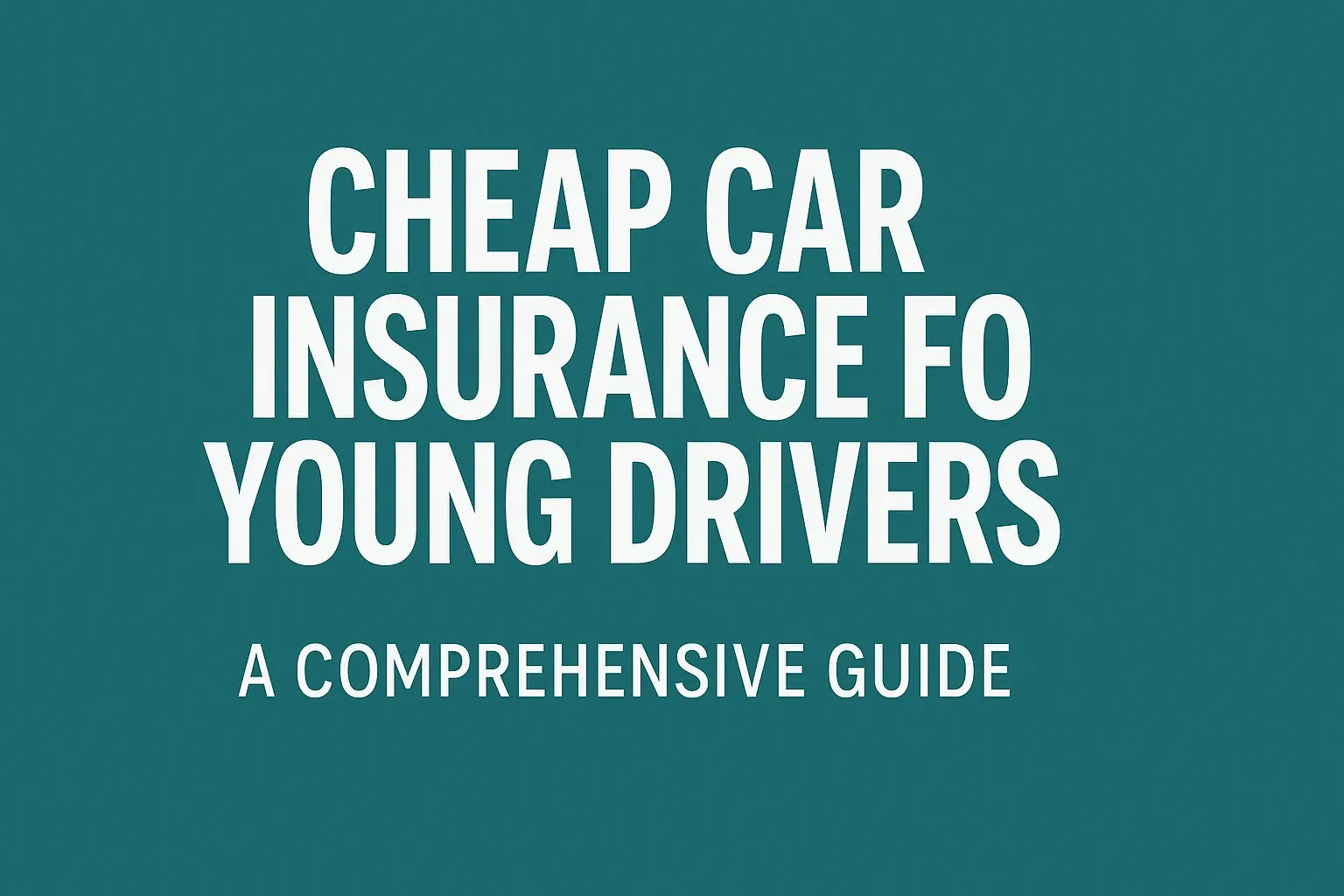
Car insurance for young drivers is notoriously expensive, often leaving those aged 17-25 grappling with high premiums. The combination of inexperience, limited driving history, and statistical risk factors makes securing affordable coverage a challenge. However, with the right strategies and informed choices, young drivers can significantly reduce their insurance costs without sacrificing essential protection. This in-depth guide examines the factors that drive high premiums, offers actionable tips to save money, and outlines key considerations for finding the best car insurance deals in 2025. Whether you're a teen just starting or a young adult looking to lower your rates, this blog will arm you with the knowledge to navigate the insurance market effectively.
Why Is Car Insurance So Expensive for Young Drivers?
Young drivers, typically those between 17 and 25, face higher car insurance premiums due to several factors that insurers use to assess risk. Understanding these can help you make informed decisions to lower your costs.
1. Lack of Driving Experience
New drivers lack the on-road experience that older drivers have accumulated. Insurers view this inexperience as a higher risk for accidents, as young drivers may not yet have developed the hazard perception and decision-making skills needed to navigate complex driving situations. According to AA research, nearly 40% of young drivers have been involved in a crash by age 23, reinforcing this perception.
2. Higher Accident Risk
Statistics show that young drivers are more likely to be involved in accidents due to factors like distractions, speeding, or risky driving behaviors. The U.S. Centers for Disease Control and Prevention (CDC) notes that teenagers are at a higher risk of accidents, particularly at night or with other young passengers. This risk drives up premiums, as insurers anticipate a greater likelihood of claims.
3. Limited No-Claims Bonus
A no-claims bonus (NCB), or no-claims discount, reduces premiums for drivers who go a year or more without making a claim. Young drivers, especially those new to the road, haven’t had time to build this discount, resulting in higher baseline costs. Protecting your NCB once earned can help maintain lower rates over time.
4. Age and Maturity
Insurers often associate a younger age with less maturity, leading to riskier behaviors like speeding or distracted driving. Data from Brake research indicates that young drivers take more serious risks more frequently, contributing to higher premiums. Rates typically begin to drop as drivers approach 25, when insurers perceive them as more experienced and responsible.
5. Vehicle Choice
The type of car you drive significantly impacts insurance costs. Young drivers who opt for high-performance vehicles, cars with large engines, or modified vehicles face higher premiums due to increased repair costs and accident risks. Cars in lower insurance groups (1-10) are generally cheaper to insure.
Top Strategies to Save on Car Insurance for Young Drivers
Finding affordable car insurance requires a combination of smart choices, leveraging discounts, and understanding how insurers calculate premiums. Below are proven strategies to help young drivers save in 2025.
1. Choose a Car in a Low Insurance Group
The make and model of your car play a significant role in determining your insurance premium. Cars are assigned to insurance groups (1-50) based on factors like engine size, repair costs, and performance. Lower-group cars are cheaper to insure. According to AutoExpress, some of the cheapest cars to insure in 2024 include:
-
Hyundai i10 (Group 1): Small, affordable, and low-powered.
-
Kia Picanto (Group 3): Compact with low repair costs.
-
Volkswagen Polo (Group 3): Reliable and safe.
-
Skoda Fabia (Group 4): Practical with low insurance costs.
-
Toyota Aygo X (Group 5): Budget-friendly for young drivers.
Avoid vehicles with large engines, high horsepower, or modifications like custom exhausts or lowered suspension, as these increase premiums due to higher repair costs or theft risk. For example, a Ford Fiesta is often £200 cheaper to insure annually than a Ford Focus.
2. Consider Telematics (Black Box) Insurance
Telematics, or black box insurance, uses a device or app to monitor driving behavior, such as speed, braking, and cornering. Safe drivers can earn significant discounts. Research from Quotezone.co.uk shows that telematics policies saved young drivers an average of £75 annually in 2023. However, poor driving habits can lead to higher premiums or policy cancellation, so it’s crucial to drive responsibly.
Pros of Telematics:
-
Rewards safe driving with lower premiums.
-
Provides feedback to improve driving habits.
-
Ideal for low-mileage drivers.
Cons:
-
Installation costs or restrictions may apply.
-
Privacy concerns with data tracking.
Before dismissing telematics, research policies to understand conditions and benefits. Some insurers offer flexible payment options to make these policies more accessible.
3. Add a Low-Risk Named Driver
Adding an experienced driver, such as a parent, to your policy can lower premiums by reducing the perceived risk. Insurers calculate premiums based on the average risk of all drivers on the policy. For example, adding a parent with a clean driving record can significantly cut costs for a young driver. However, avoid “fronting,” where the named driver is listed as the primary driver but doesn’t drive the car, as this is illegal and can void your policy.
4. Opt for a Higher Voluntary Excess
Car insurance policies include a compulsory excess (set by the insurer) and a voluntary excess (chosen by you). Increasing your voluntary excess can lower your premium, but ensure you can afford to pay the total excess in the event of a claim. For example, choosing a £500 voluntary excess instead of £100 could reduce your annual premium, but you’d need to cover £500 plus the compulsory excess if you make a claim.
5. Pay Annually Instead of Monthly
Paying your insurance premium annually rather than monthly can save money, as monthly payments often include interest charges. While monthly payments may be more manageable for some, the total cost is typically higher. If possible, save up to pay the full premium upfront to avoid extra fees.
6. Shop Around and Compare Quotes
Comparing quotes from multiple insurers is one of the most effective ways to find affordable coverage. Websites like MoneySuperMarket, Compare the Market, and Uswitch allow you to compare up to 160 providers in minutes. Rates can vary significantly between insurers, even for the same coverage, so always get at least three quotes. The optimal time to shop is 21-28 days before your policy renewal, as prices tend to be lower during this window.
7. Leverage Discounts
Many insurers offer discounts that young drivers can take advantage of, including:
-
Good Student Discounts: Available for students with strong academic performance (e.g., a B average or higher).
-
Defensive Driving Courses: Completing courses like Pass Plus or IAM may qualify you for discounts, though savings vary by insurer.
-
Low-Mileage Discounts: If you drive fewer than 5,000-10,000 miles annually, you may pay less, as lower mileage reduces accident risk. MoneySuperMarket data shows drivers with 5,001-10,000 miles paid £168.33 less per year than those driving over 50,000 miles.
-
Multi-Car or Family Policies: Adding a young driver to a family policy or insuring multiple cars under one policy can reduce costs.
8. Maintain a Clean Driving Record
A clean driving record is critical for keeping premiums low. Avoid speeding tickets, accidents, or violations like idling (which can incur a £20 fine in the UK). Even minor infractions, such as driving with low fuel, can lead to fines and points on your license, increasing future premiums.
9. Consider Usage-Based or Temporary Insurance
For young drivers who don’t drive frequently, usage-based insurance (UBI) or temporary insurance may be cost-effective. UBI, also called pay-as-you-drive, bases premiums on actual mileage and driving behavior, rewarding low-mileage, safe drivers. Temporary insurance, available by the hour, day, or month, is ideal for occasional drivers.
10. Park Securely
Where you park your car overnight affects your premium. Parking in a garage or secure driveway rather than on the street can lower costs by reducing the risk of theft or vandalism. Some insurers offer discounts for vehicles with added security features, like alarms or immobilizers.
Choosing the Right Coverage Level
Young drivers must balance cost with adequate protection. Here are the main types of car insurance coverage:
-
Third-Party Only: The legal minimum in the UK, covering damage to other people’s property or injuries. It’s often the cheapest but doesn’t cover your vehicle.
-
Third-Party, Fire, and Theft: Includes third-party coverage plus protection against fire or theft of your vehicle.
-
Fully Comprehensive: The highest level of coverage, including damage to your car, regardless of fault, plus third-party liabilities. Contrary to common belief, comprehensive coverage can sometimes be cheaper than third-party for young drivers, so always compare quotes for all levels.
Additional optional coverages, such as motor legal protection, breakdown cover, or personal accident cover, can provide extra peace of mind but increase costs. Evaluate your needs carefully to avoid overpaying for unnecessary extras.
Cheapest Cars to Insure for Young Drivers in 2025
Choosing a car in a low insurance group is critical for keeping costs down. Based on recent data, here are some of the cheapest cars to insure for young drivers in 2025, along with their insurance groups:
|
Car Model |
Insurance Group |
Estimated Annual Premium (Young Driver) |
|---|---|---|
|
Hyundai i10 |
Group 1 |
£800-£1,200 |
|
Kia Picanto |
Group 3 |
£850-£1,300 |
|
Volkswagen Polo |
Group 3 |
£900-£1,400 |
|
Skoda Fabia |
Group 4 |
£950-£1,500 |
|
Toyota Aygo X |
Group 5 |
£1,000-£1,600 |
|
Volkswagen Caddy |
Group 8 |
£1,100-£1,800 |
*Note: Premiums vary based on location, driver profile, and insurer. These are estimates based on 2024-2025 data.
Regional Variations in Insurance Costs
Insurance premiums for young drivers vary significantly by location due to factors like crime rates, traffic density, and accident statistics. For example:
-
London: Inner London residents pay around £1,185 annually due to high traffic and theft risks.
-
Northern England: Averages £677 per year, significantly lower than London.
-
Manchester: Young drivers may face 45% fewer quotes due to limited provider availability.
Always compare quotes specific to your postcode to find the best deal.
Common Myths About Young Driver Insurance
Myth 1: Third-Party Insurance Is Always Cheapest
While third-party insurance is the minimum legal requirement, it’s not always the cheapest option. Comprehensive coverage can sometimes be more affordable due to insurer pricing models. Always compare all coverage levels.
Myth 2: Black Box Insurance Is Too Restrictive
While telematics policies monitor driving behavior, they can save money for safe drivers. Many young drivers benefit from the feedback provided to improve their skills and reduce premiums.
Myth 3: Adding a Named Driver Always Increases Costs
Adding a low-risk driver, like a parent, can lower premiums by reducing the policy’s overall risk profile.
FAQ: Young Driver Car Insurance
1. Why is car insurance so expensive for young drivers?
Young drivers pay more due to their lack of experience, higher accident risk, and limited no-claims bonus. Insurers view drivers aged 17-25 as high-risk, leading to premiums averaging £1,704 annually for a 21-year-old compared to £543 for a 55-year-old.
2. How can I lower my car insurance costs as a young driver?
-
Choose a car in a low insurance group (1-10).
-
Consider telematics insurance to reward safe driving.
-
Add an experienced named driver to your policy.
-
Increase your voluntary excess to reduce premiums.
-
Pay annually to avoid interest charges.
-
Compare quotes from multiple insurers 21-28 days before renewal.
3. What is telematics insurance, and is it worth it?
Telematics (black box) insurance uses a device or app to monitor driving behavior, such as speed and braking. Safe drivers can save money, with average savings of £75 per year. However, poor driving can increase costs or lead to policy cancellation. It’s worth considering if you’re a cautious driver with low mileage.
4. Should I get third-party or comprehensive insurance?
Comprehensive insurance offers the most protection and can sometimes be cheaper than third-party due to insurer pricing strategies. Compare quotes for both to find the best deal. Third-party is the minimum legal requirement, but it doesn’t cover damage to your car.
5. Can adding a parent to my policy reduce costs?
Yes, adding a low-risk driver, like a parent with a clean record, can lower premiums by reducing the policy’s risk profile. However, avoid fronting, which is illegal and can void your policy.
6. What are the cheapest cars to insure for young drivers?
Cars in low insurance groups (1-10) are cheapest to insure. Examples include the Hyundai i10 (Group 1), Kia Picanto (Group 3), and Volkswagen Polo (Group 3). Avoid high-performance or modified vehicles to keep costs down.
7. Does where I live affect my insurance premium?
Yes, location impacts premiums due to factors like crime rates and traffic density. For example, young drivers in Inner London pay around £1,185 annually, while those in northern England pay about £677.
8. Are there discounts for young drivers?
Yes, young drivers can qualify for discounts like:
-
Good student discounts for strong academic performance.
-
Defensive driving course discounts (e.g., Pass Plus).
-
Low-mileage discounts for driving less than 10,000 miles per year.
-
Multi-car or family policy discounts.
9. How does a no-claims bonus work?
A no-claims bonus (NCB) reduces your premium for each year you drive without making a claim. Young drivers start with no NCB, but building one over time can significantly lower costs. Some insurers allow you to protect your NCB for a fee.
10. Is it cheaper to join a family policy?
Yes, joining a family policy is often cheaper than purchasing an individual policy, as it spreads the risk across multiple drivers. This can result in savings like multi-policy or loyalty discounts.
Conclusion
Securing cheap car insurance as a young driver in 2025 is challenging but achievable with the right approach. By choosing a car in a low insurance group, considering telematics policies, adding a low-risk driver, and comparing quotes from multiple providers, you can significantly reduce your premiums. Additionally, maintaining a clean driving record, leveraging discounts, and parking securely can further lower costs. Always research your options thoroughly, compare coverage levels, and shop around 21-28 days before renewal to find the best deal. With these strategies, young drivers can hit the road with confidence and affordability.
For more information or to compare quotes, visit trusted comparison sites like PerfinSure, Compare the Market, or Uswitch, and start saving today.
